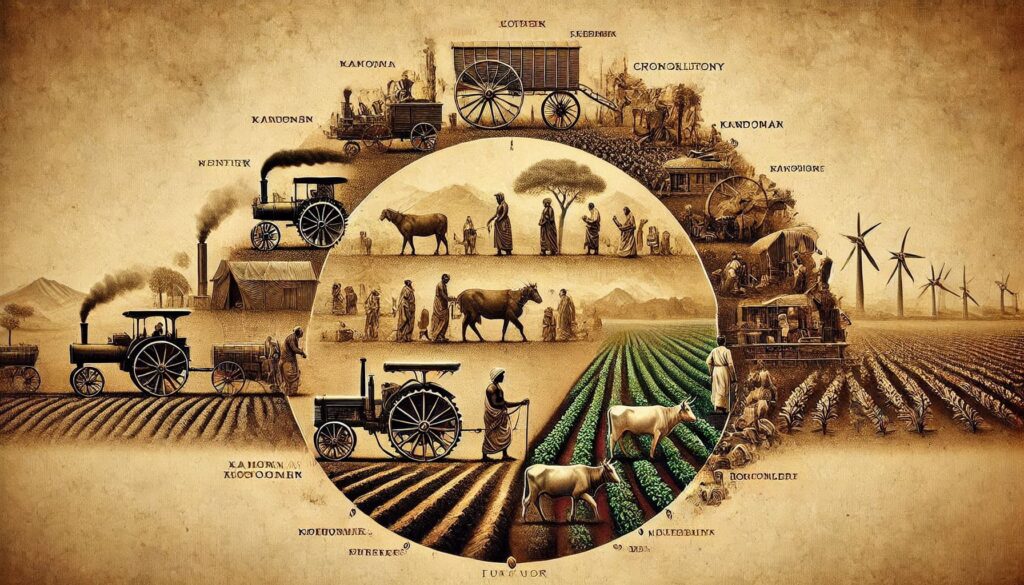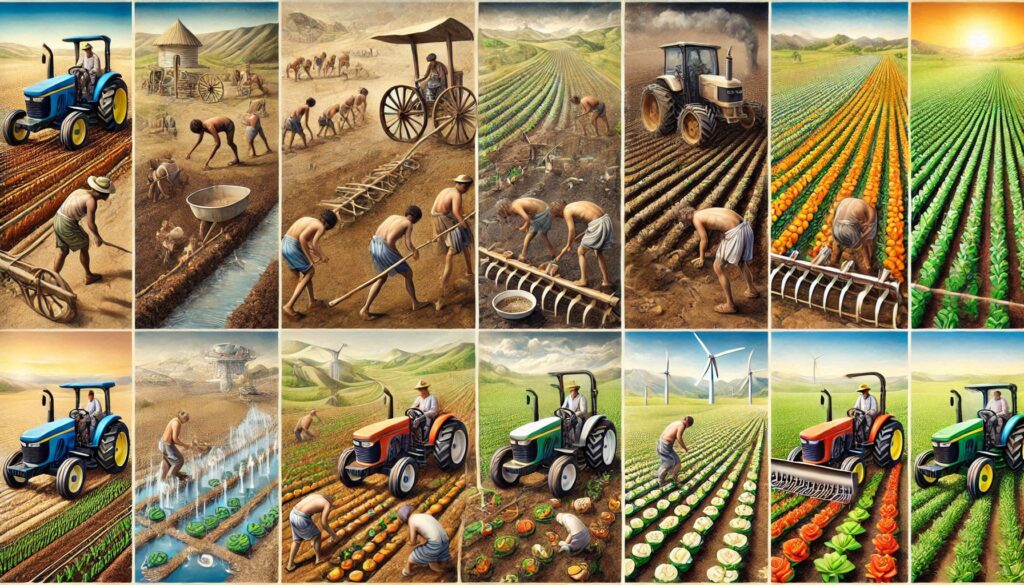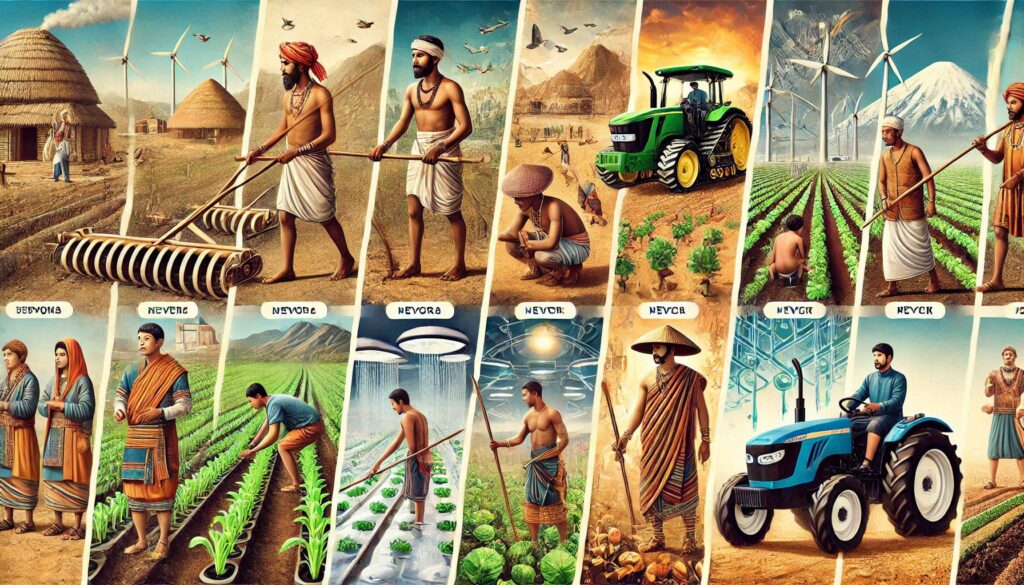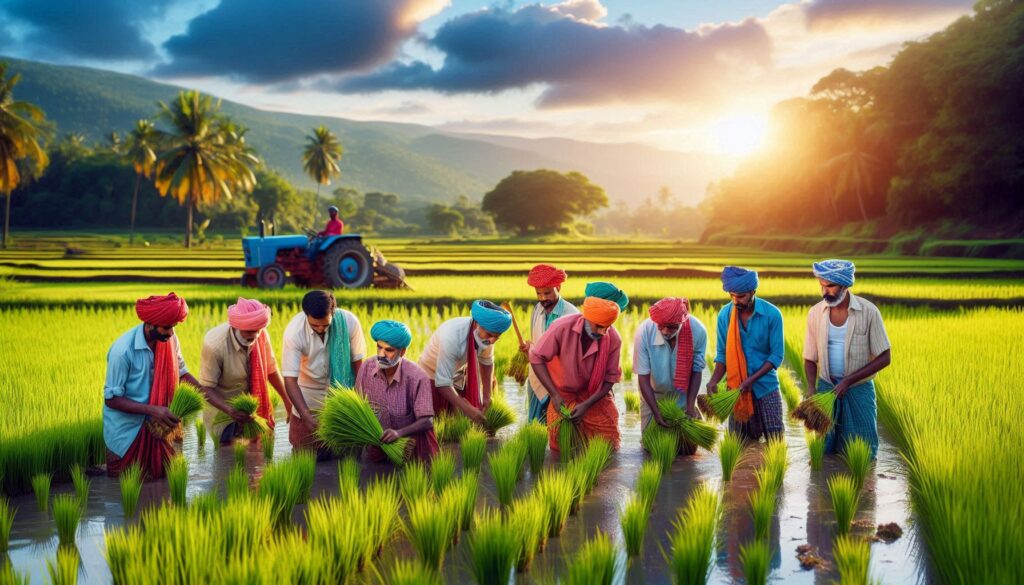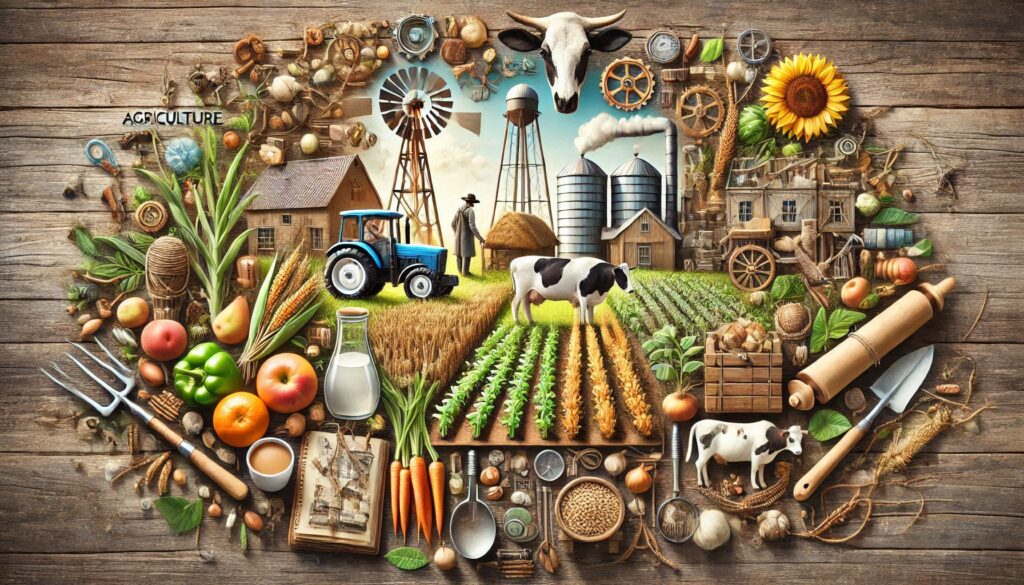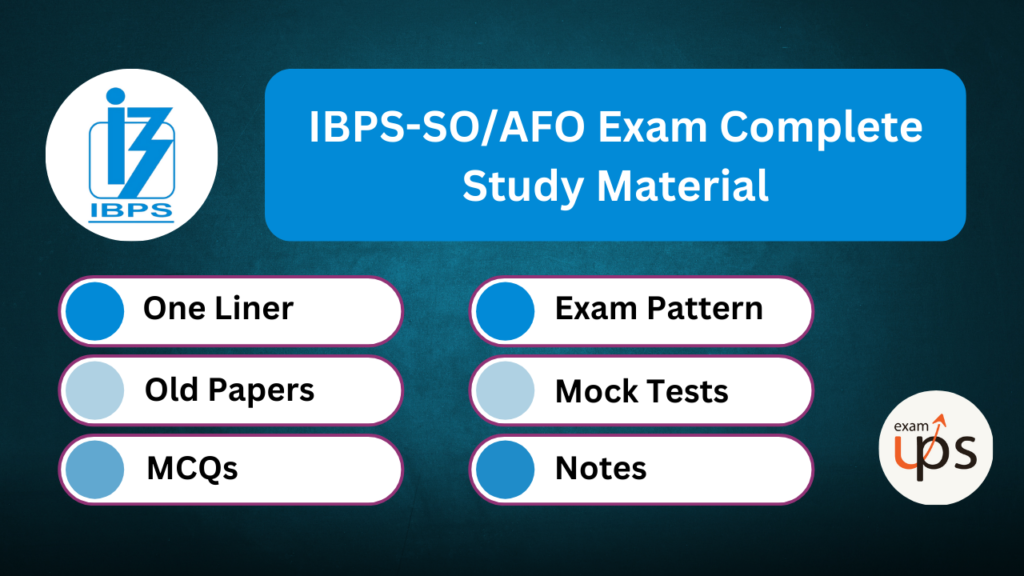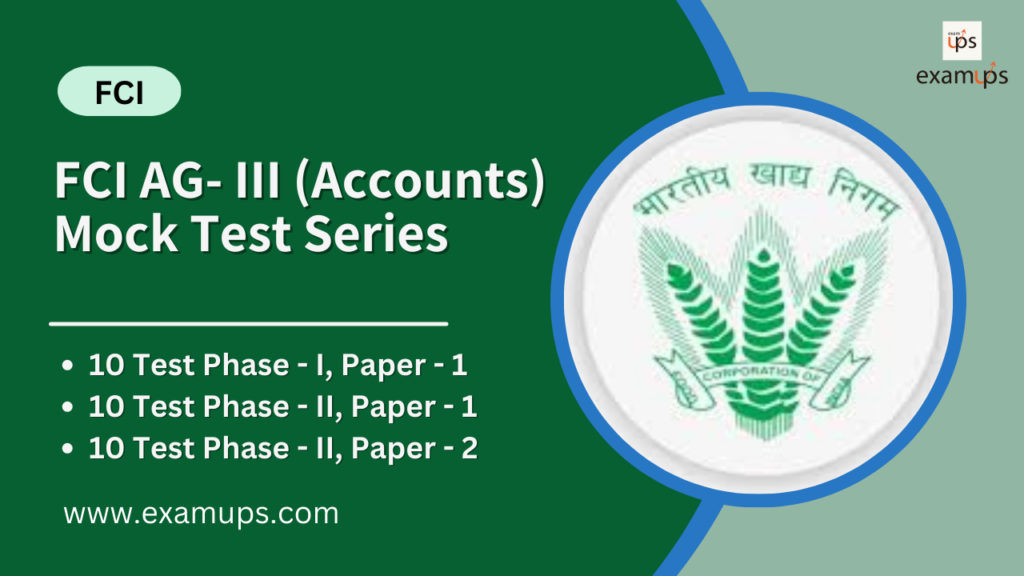Kautilya’s Arthasasthra – Sangam literature – rainfall prediction – ITK -Tamil Almanac. One Liner
Kautilya’s Arthasasthra – Sangam literature – rainfall prediction – ITK -Tamil Almanac. One Liner Kautilya’s Arthasastra: Kautilya’s Arthasastra is an ancient Indian text on statecraft, economic policy, and military strategy. It emphasizes the importance of agriculture for the prosperity of a state. Kautilya introduced the concept of a “superintendent of agriculture” to oversee farming operations. He highlighted the importance of timely sowing and effective labor management for optimal crop yield. Kautilya suggested using rain gauges to measure rainfall, which is essential for agriculture. He believed that a specific amount of rainfall was necessary for different crops (e.g., 600–800 mm for rainfed crops). The Arthasastra includes advice on crop rotation, such as growing pulses after rice to improve soil fertility. Kautilya recommended bio-control practices, including seed treatments to protect crops from diseases. He also outlined the importance of proper harvesting and storage practices to prevent crop losses. The text covers the economic importance of farming and its centrality to the state’s economy. Sangam Literature: Sangam literature dates back to the Tamil classical period (200 BCE – 100 CE) and provides insights into ancient Tamil life, including agriculture. Tholkappiyam and Thirukkural are significant works that mention agricultural practices. Tholkappiyam describes land classification into five groups, including cultivable lands (Marudham). Six distinct seasons were recognized, with specific crops suited to each season. Farmers were well-versed in seed selection, irrigation, crop protection, and pest control. Agriculture was the central profession, and kings were expected to support and promote farming. Irrigation was important; kings built tanks and reservoirs to store water for agriculture. Thirukkural extols the importance of agriculture and the farmer’s role in society. Crop rotation was practiced, such as planting black gram after rice to improve soil health. Tools like buffalo-driven plows and water-lifting devices were used in farming. Rainfall Prediction: Fireflies visible on trees at night often indicate the arrival of the monsoon in Maharashtra. In Gujarat, farmers believe that lightning and mild thunder on the second day of Jayastha (May–June) signals no rain for the next 72 days. Indigenous Technical Knowledge (ITK): ITK refers to traditional knowledge passed down through generations, tailored to local agricultural needs. Summer ploughing helps conserve moisture and reduces soil erosion. Cowdung-coated cotton seeds aid in easy planting and pest reduction. Soaking sorghum seeds in cow urine increases drought resistance. Mixing Bengal gram with other crops like sorghum enhances yields and soil health. Cattle penning provides organic manure, improving soil fertility. Castor plants are used as trap crops in cotton fields to manage pests. Ash mixed with green gram post-harvest helps reduce pests and improve storage. Cow dung cakes are used as rat repellents in fields. Red soil coating of seeds helps with better germination and pest resistance. Tamil Almanac (Panchangam): The Tamil Almanac is used for determining the timing of agricultural and cultural events. It is based on the classical Hindu solar calendar. The Tamil New Year typically falls around April 13 or 14. The Tamil week starts on Sunday, and days are named after celestial bodies: Sun, Moon, Mars, Mercury, Jupiter, Venus, Saturn. The calendar has 12 months, each corresponding to specific periods of the Gregorian calendar. Seasons in the Tamil calendar include Kar (Rainy), Kutir (Autumn), Munpani (Early winter), and more. Festivals and cultural events are based on the lunar and solar positions in the Tamil calendar. Each Tamil month lasts between 29 and 32 days, varying by astronomical calculation. The calendar is still used for agricultural activities like sowing and harvesting, aligned with astrological timings. The Tamil almanac helps in predicting favorable weather for crop planting and harvesting.

